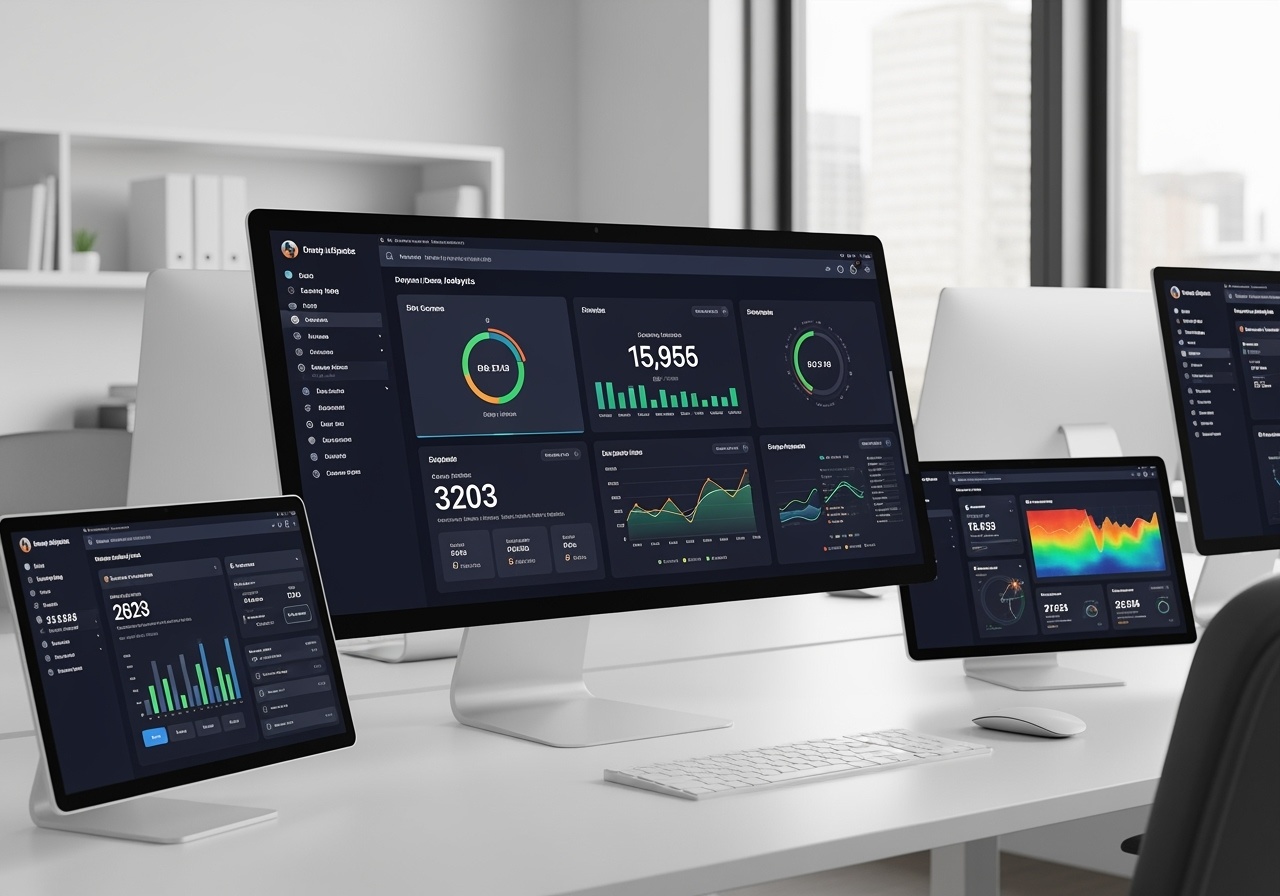Needs Assessment and Requirements Analysis
The foundation of successful LMS implementation begins with a comprehensive needs assessment that identifies organizational learning objectives, target audiences, technical requirements, and success metrics. This analysis should involve key stakeholders from various departments including IT, human resources, training, and end-user representatives to ensure that all perspectives and requirements are considered.
During the needs assessment phase, organizations should evaluate their current training processes, identify gaps and inefficiencies, define desired outcomes, and establish clear criteria for measuring success. This information forms the basis for vendor selection, customization requirements, and implementation planning.
LMS Selection and Vendor Evaluation
Selecting the right LMS platform is critical to implementation success. The evaluation process should consider factors such as feature alignment with organizational needs, scalability to accommodate future growth, integration capabilities with existing systems, user experience and interface design, vendor reputation and support quality, total cost of ownership, and compliance with relevant industry standards and regulations.
Organizations should request demonstrations, conduct pilot programs with shortlisted vendors, and seek references from similar organizations to make informed decisions. The evaluation process should also consider the vendor's roadmap for future development and their commitment to ongoing innovation and support.
Change Management and User Adoption
Technical implementation is only one aspect of LMS deployment; successful adoption requires effective change management strategies that address the human elements of organizational transformation. Change management should begin early in the implementation process and include communication campaigns that articulate the benefits and rationale for the new system, training programs for different user groups, support structures to assist users during the transition, and feedback mechanisms to identify and address adoption barriers.
User adoption strategies should recognize that different stakeholder groups may have varying levels of technology comfort and different motivations for using the new system. Customized training and support approaches for administrators, instructors, and learners help ensure that each group can effectively utilize the LMS to achieve their specific objectives.
Content Migration and Development
Migrating existing training content to the new LMS platform while developing new content requires careful planning and resource allocation. Content migration involves assessing existing materials for relevance and quality, converting content to appropriate formats for the new platform, organizing content within the LMS structure, and testing functionality to ensure proper display and interaction.
Content development should follow instructional design best practices, taking advantage of the interactive and multimedia capabilities of the LMS platform. This may involve collaborating with subject matter experts, instructional designers, and multimedia developers to create engaging and effective learning experiences that fully utilize the platform's capabilities.
Testing and Quality Assurance
Comprehensive testing is essential to ensure that the LMS functions correctly across different devices, browsers, and user scenarios. Testing should include functionality testing to verify that all features work as expected, performance testing to ensure acceptable response times under various load conditions, security testing to identify potential vulnerabilities, accessibility testing to confirm compliance with accessibility standards, and integration testing to verify proper data exchange with other systems.
User acceptance testing involving representatives from each user group helps identify usability issues and ensures that the system meets practical requirements before full deployment. This testing phase should also include disaster recovery and backup procedures to ensure business continuity.
Deployment and Launch Strategy
LMS deployment can follow various approaches depending on organizational size, complexity, and risk tolerance. Phased rollouts that begin with a limited user group and gradually expand to the full organization allow for issue identification and resolution before widespread adoption. Pilot programs with volunteer early adopters can provide valuable feedback and create internal champions who can support broader adoption efforts.
Launch activities should include communication campaigns announcing the new system, training sessions for different user groups, help desk support to address immediate questions and issues, and monitoring systems to track usage and identify potential problems. Clear escalation procedures and dedicated support resources during the initial launch period help ensure smooth transitions and positive user experiences.
Ongoing Maintenance and Optimization
LMS implementation is not a one-time project but an ongoing process that requires continuous maintenance, optimization, and evolution. Regular system maintenance includes software updates and patches, performance monitoring and optimization, backup and disaster recovery procedures, security assessments and updates, and capacity planning for growth.
Optimization activities should be based on usage analytics, user feedback, and evolving organizational needs. This may involve adjusting system configurations, updating content organization, adding new features or integrations, and refining user training and support processes. Regular reviews with stakeholders help ensure that the LMS continues to meet organizational objectives and provides value to users.
Measuring Success and ROI
Establishing clear metrics for measuring LMS success enables organizations to demonstrate value and identify areas for improvement. Success metrics should align with the original objectives identified during the needs assessment and may include quantitative measures such as user adoption rates, course completion rates, time-to-competency, cost savings, and productivity improvements, as well as qualitative measures such as user satisfaction, learning effectiveness, and organizational impact.
Regular reporting and analysis of these metrics provide insights into system performance and user behavior, enabling data-driven decisions about system improvements and organizational training strategies. Return on investment calculations should consider both direct cost savings and indirect benefits such as improved employee performance, reduced turnover, and enhanced organizational capabilities.


